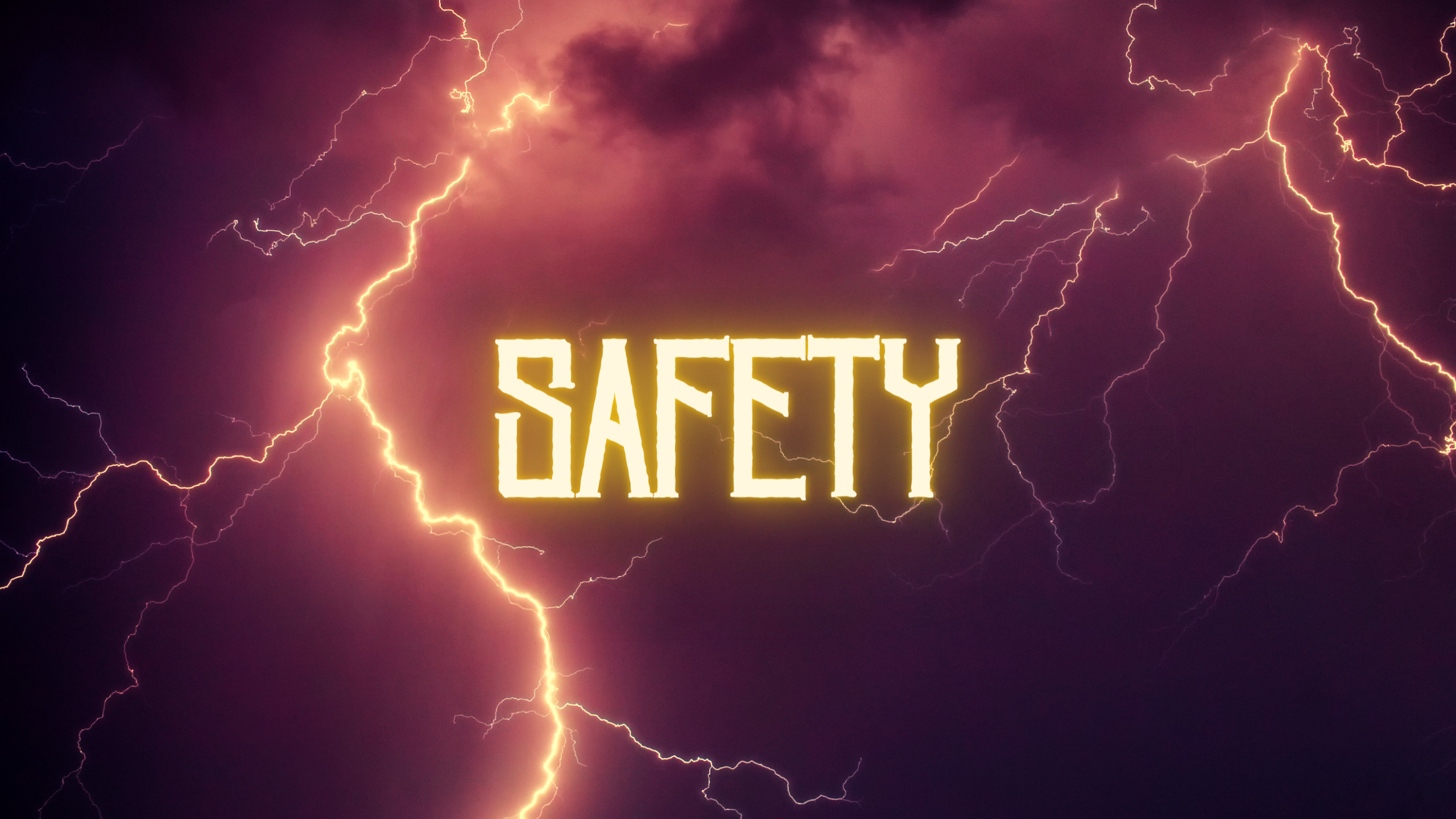
This is a good topic to talk about here in Missouri. We tend to get severe thunderstorms, tornadoes, flooding, and all manner of bad weather systems. These raise concerns about being as safe as possible while we are outside living our lives. According to NOAA, the government authority on weather, 20-30 people are killed each year due to lightning strikes. Another several hundred are struck, but survive the experience. Those people can have life-long damage and neurological dysfunctions. Knowing what to look for, and how to react, could save you from a life-long disability or worse.
WHAT IS THE RISK?
There are an estimated 20-25 million strikes of lightning in the US each year. Every one of those strikes carries the potential to seriously hurt someone. Of those 20-30 people, 2/3rds of them were injured doing outdoor recreational activities. Think swimming, football, golf, running… All of the favorite outdoor activities in the spring and summer. Most of these activities have coaches or officials or athletic trainers that all have proper safety training, which greatly reduces the risk you face, but they aren’t always around. If you’re one of these people, or think you might be organizing outdoor events, you should come up with a lightning safety plan and make sure it gets followed. NOAA has some tools on their website at weather.gov if you need help coming up with a good protocol.
WHAT GUIDELINES SHOULD I STICK TO?
• WHEN ACTIVITIES SHOULD STOP…
o As soon as lightning becomes visible. If you can see it, it can reach you. Not only that, but lightning can extend up to 10 miles past the base of the thundercloud. That being said, you could potentially see lightning that couldn’t reach you, but the conditions would have to be just right for it. Its best to be on the safe side.
o If you hear thunder. Sound doesn’t travel as well as light does, so we can assume that if we hear that thunderclap, we are within striking distance. You can reasonably hear about 10 miles out for that loud of a sound as long as there isn’t a ton of background noise where you are. 10 miles puts you right in the danger zone.
o If the skies look bad. Take a look at your surroundings. Are there more clouds forming? Are they getting darker and more intense as time goes on? Lightning can develop at the drop of a hat and as soon as a growing system moves into the area. Being proactive about safety is always the best option, but this requires some discretion on your part.
• WHERE IS SAFE?
o Indoors is the best option. Getting into a solid structure like a house, school, or office building will offer the most protection from the storm. Its important to note, you should be staying away from areas with a lot of wiring or plumbing. These should all have grounding and be safe, but that isn’t always the case. If you are stuck outside, sheds will not offer as much protection as a hard topped car with the windows up. Waiting it out in your car could be the best thing to do.
• WHEN CAN WE GET BACK TO ACTIVITIES?
o The best recommendation for this one, is to wait for 30mins after the last thunderclap has been heard.
• WHAT DO I DO IF IT HAPPENS?
o First and foremost, don’t panic. Bad things will happen if everyone panics. Take decisive action. Be the one to call 911 and then give the phone to another person that can speak or put it on speaker. CPR may be needed and if you don’t know how, the 911 dispatcher will walk you through it. If at all possible, the person struck should be moved to safety.
I hope this helps you all make safe and effective decisions when it comes to dealing with storms this summer. We love that people want to be out and doing things, it’s the best thing for your health. We also want everyone to stay safe and live the best and happiest life possible!

